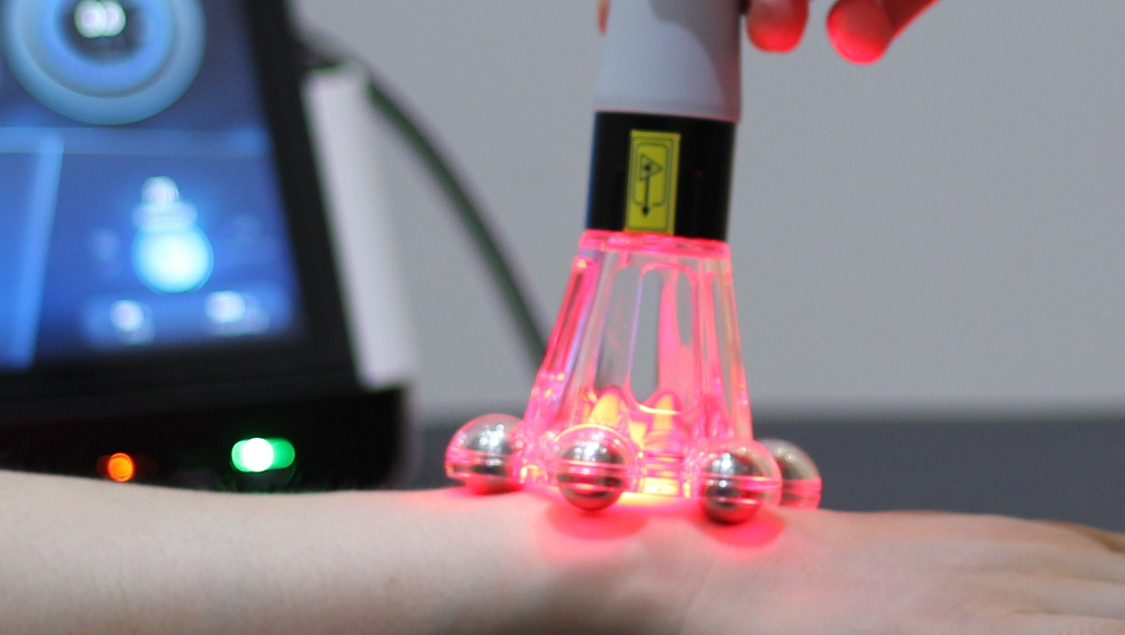Laser Therapy vs. Traditional Treatments in Pain Management
With the advancement of medical technology, laser therapy has emerged as a novel approach to pain management. In comparison to traditional physical therapies and pharmaceutical treatments, laser therapy offers unique advantages in alleviating pain.
I. Differences in Treatment Principles
Traditional physical therapies primarily use methods such as heat therapy and electrical stimulation to promote blood circulation and soothe muscles. Pharmaceutical treatments, on the other hand, rely on pain-relieving medications to suppress pain. Both of these methods fall under passive therapies and do not address the root causes of injuries.
Laser therapy involves the application of low-energy laser beams to the painful areas, stimulating cellular activity, enhancing blood circulation, and accelerating tissue repair. This biological stimulation effectively reduces inflammation and alleviates pain caused by soft tissue injuries. Consequently, laser therapy is categorized as an active treatment that can facilitate tissue repair at its source.
II. Differences in Treatment Effects
Due to differences in treatment principles, laser therapy and traditional methods exhibit variations in their effectiveness in pain relief.
Traditional physical therapies have limited effectiveness in addressing pain caused by various underlying factors, while pharmaceutical treatments carry the risk of medication dependency. Laser therapy, on the other hand, significantly relieves pain associated with soft tissue injuries, arthritis, neuropathy, and various other types of pain, providing better and longer-lasting results.
Laser therapy enhances ATP synthesis and accelerates tissue repair processes, enabling it to fundamentally treat pain. Medications and traditional physical therapies can only provide temporary relief of symptoms.
III. Demonstration of Treatment Advantages
Compared to traditional methods, laser therapy offers several advantages in pain management:
- Non-invasive and painless, with simple and easily accepted procedures for patients.
- Rapid treatment effects, quickly alleviating pain.
- No risk of medication dependency and no side effects.
- Applicable to both acute and chronic pain caused by various factors.
- Long-lasting results, capable of effectively addressing certain types of pain at their core.
- Convenient and flexible for use, allowing for combination with other therapies.
In conclusion, laser therapy, as an emerging non-invasive treatment method, offers unique advantages in pain management compared to traditional therapies. It provides more effective pain relief and, with ongoing technological advancements, is poised to play an increasingly significant role in the field of pain management.
